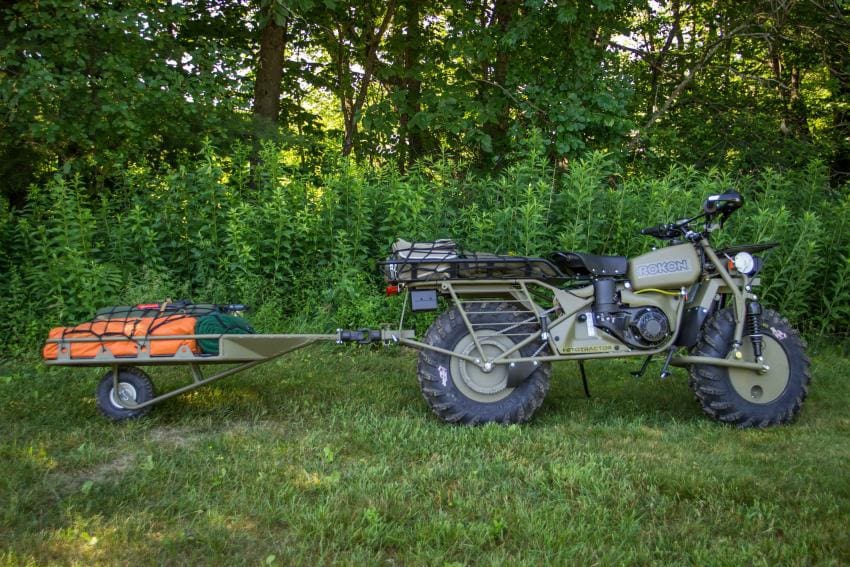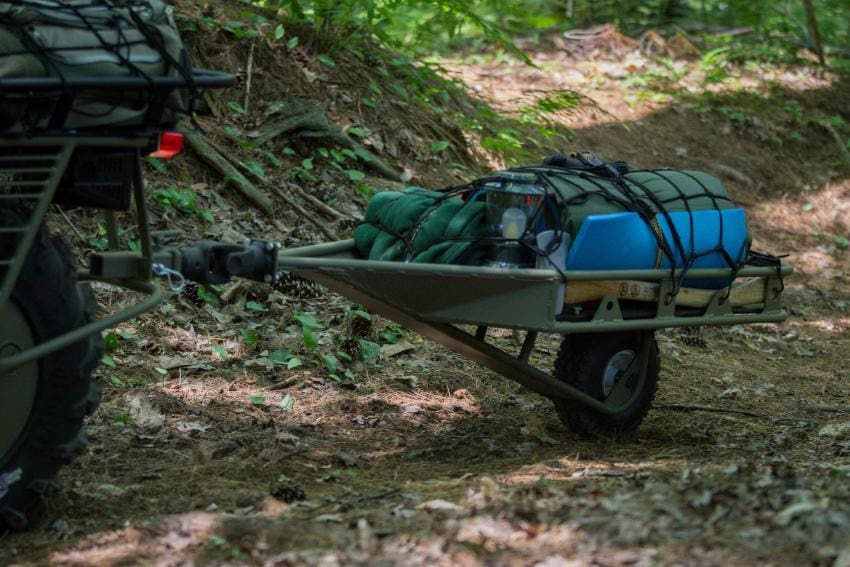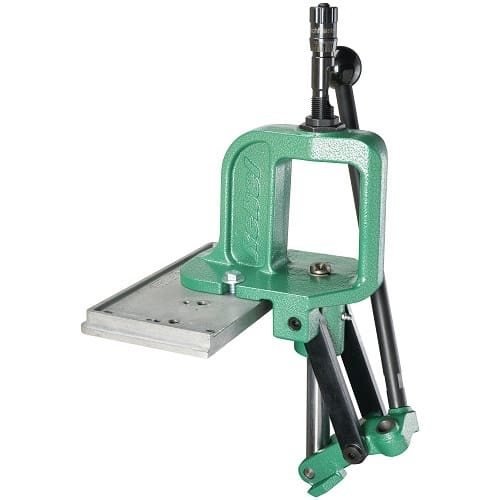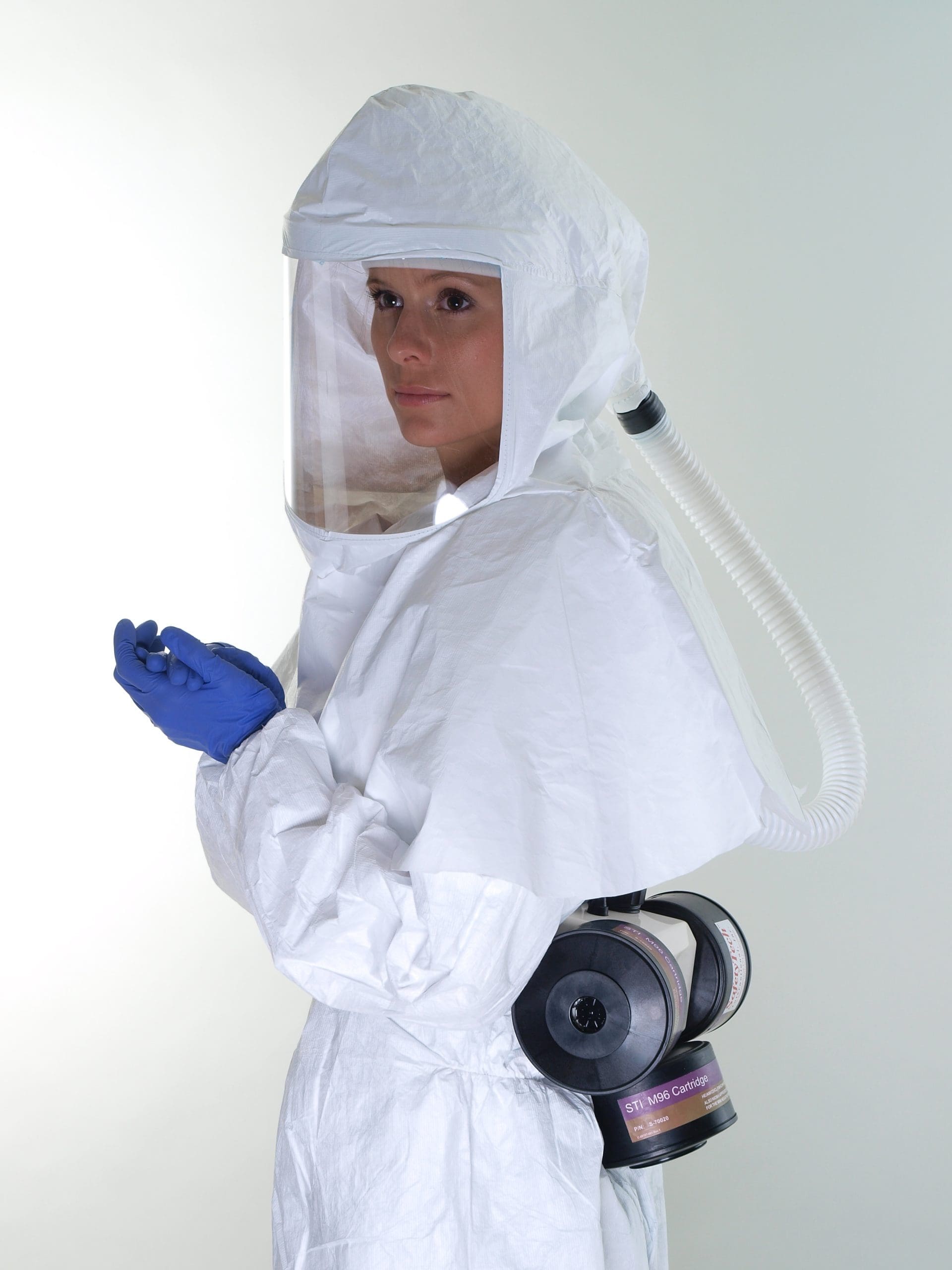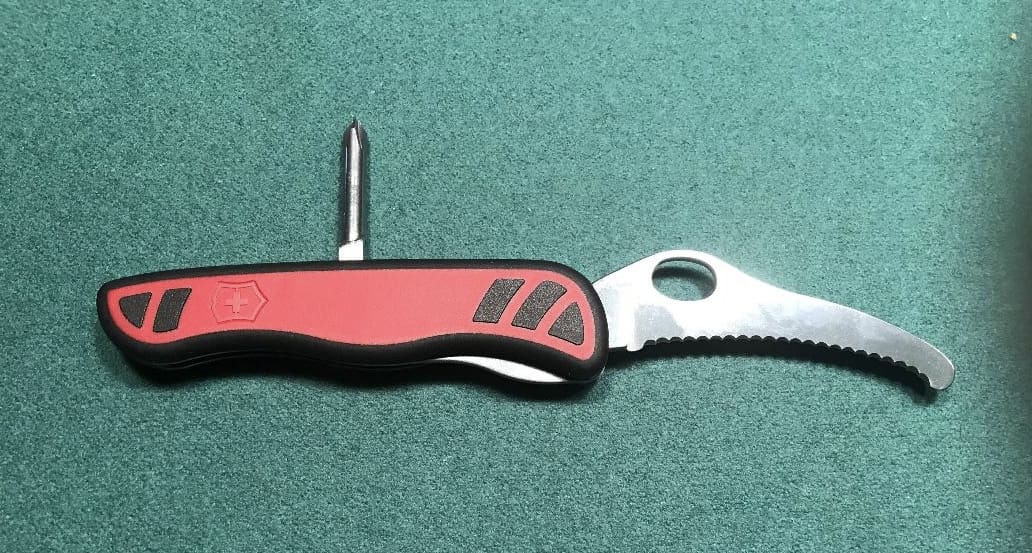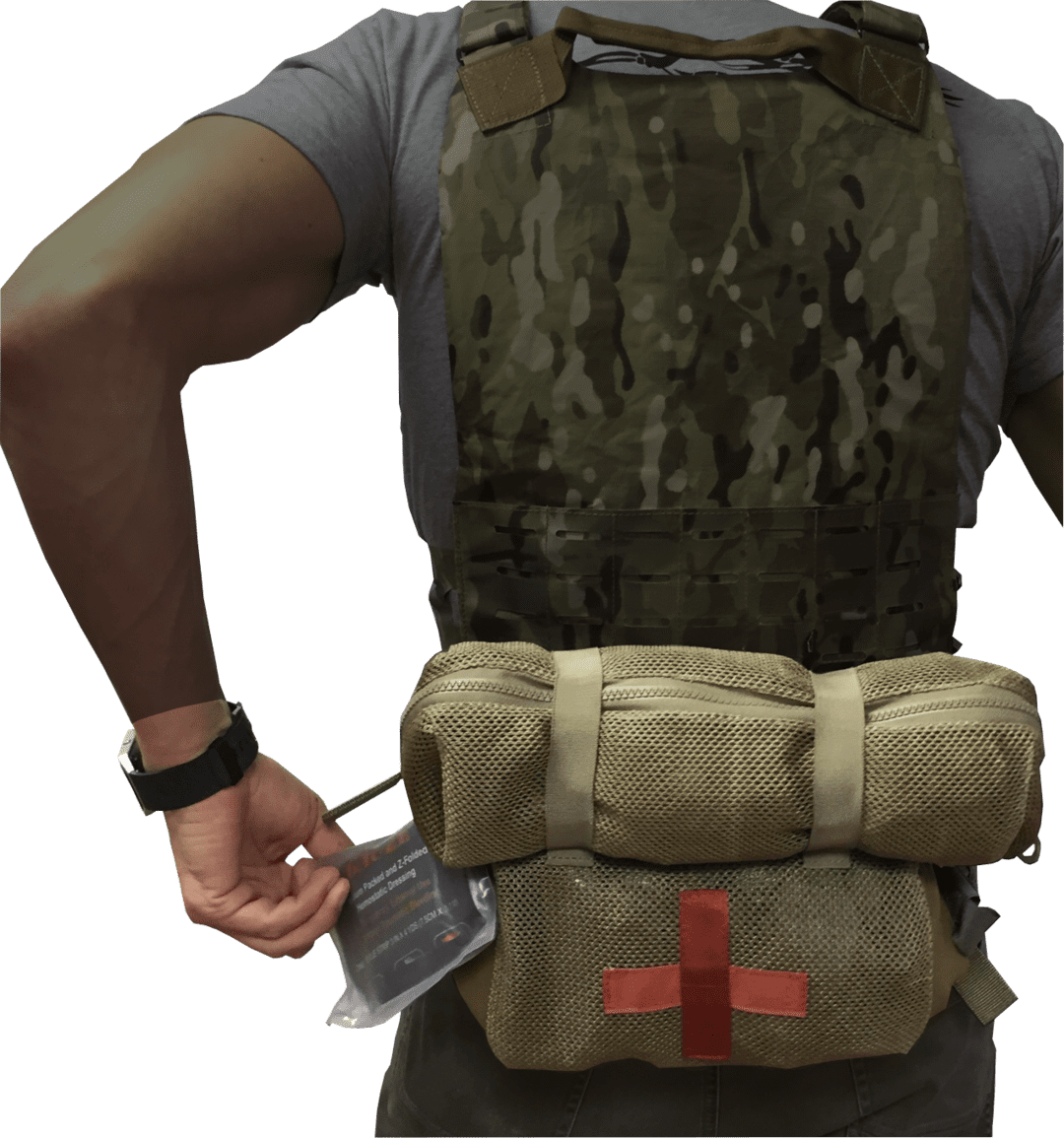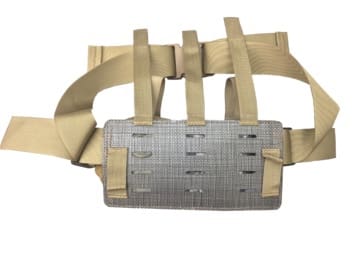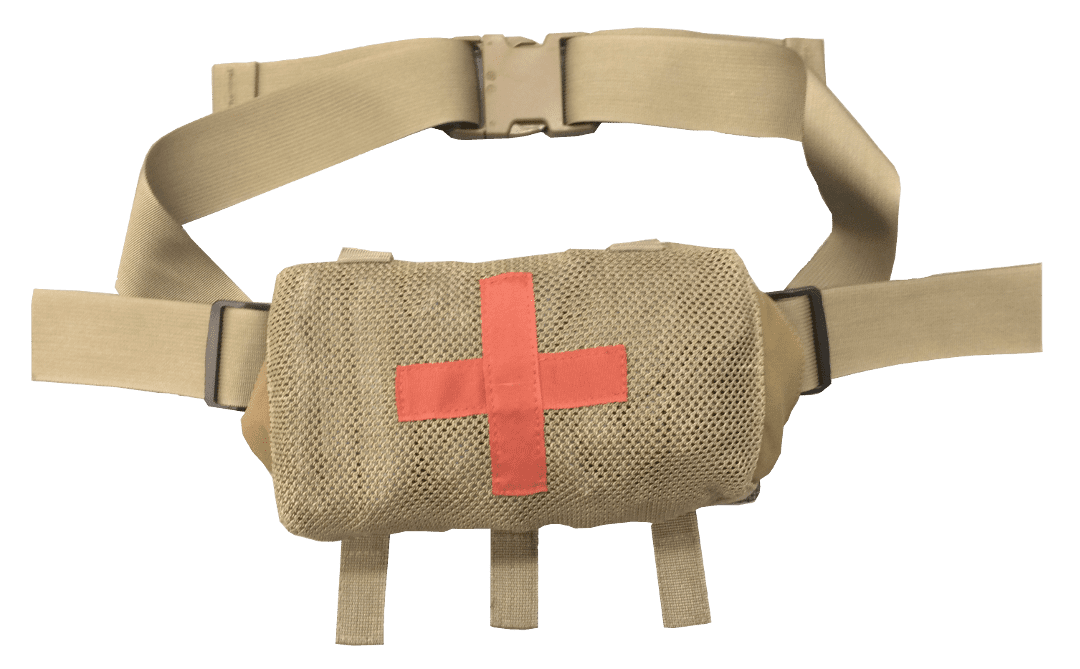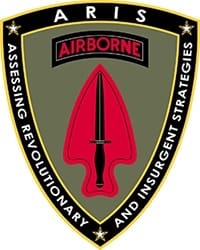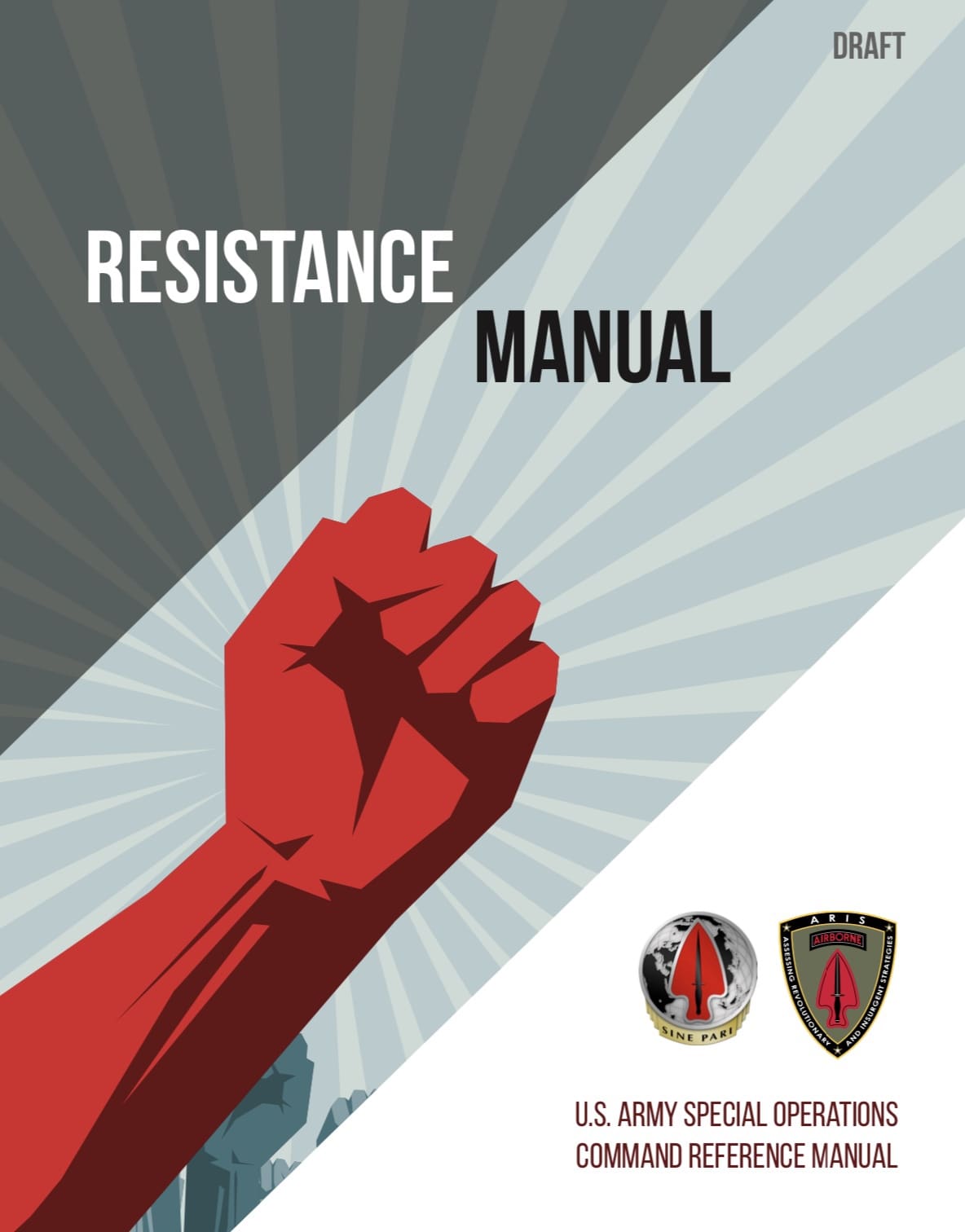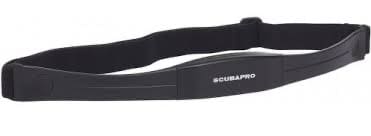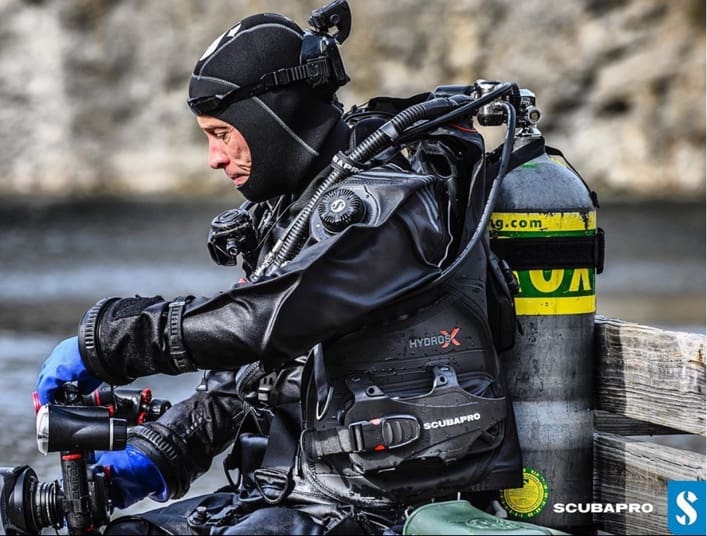
WASHINGTON — The Army recently implemented a new directorate to support requirements within the electromagnetic spectrum, enabling the force to prioritize, integrate, and synchronize its data-enabled warfighting capabilities to fight and win in a multi-domain battlefield.
In February, the Department of the Army’s Management Office-Cyber directorate reorganized to DAMO-Strategic Operations, or DAMO-SO, said Brig. Gen. Martin F. Klein, the organization’s director.
The organization, which falls under the Army’s G-3/5/7 office, was created to work “horizontally across the Army,” by partnering with other communities of interest throughout the Army Staff, Army Training and Doctrine Command, and Army Futures Command, to name a few, Klein said.
DAMO-SO will generate policies and programs to help resource and execute information technology, mission command, space, and enterprise capabilities, Klein said. Further, the program will refine the force’s approach to joint multi-domain operations, which could subsequently impact the Army’s force structure, resources, and strategy.
The move to DAMO-SO also signifies the Army’s push to move beyond the “information age to the cognitive age,” Klein added. Adopting a cognitive-based technological approach could augment the Army’s decision-making process through data collection and analysis.
The directorate is currently working to collect data from the Army’s warfighting systems and structure to fully understand how and where they can increase capabilities within the electromagnetic spectrum.
“This is a historic time for us,” Klein told reporters Tuesday. “For our senior leaders to have the foresight to stand up [DAMO-SO] … I think it will provide not only the Army but the joint force with great effects.”
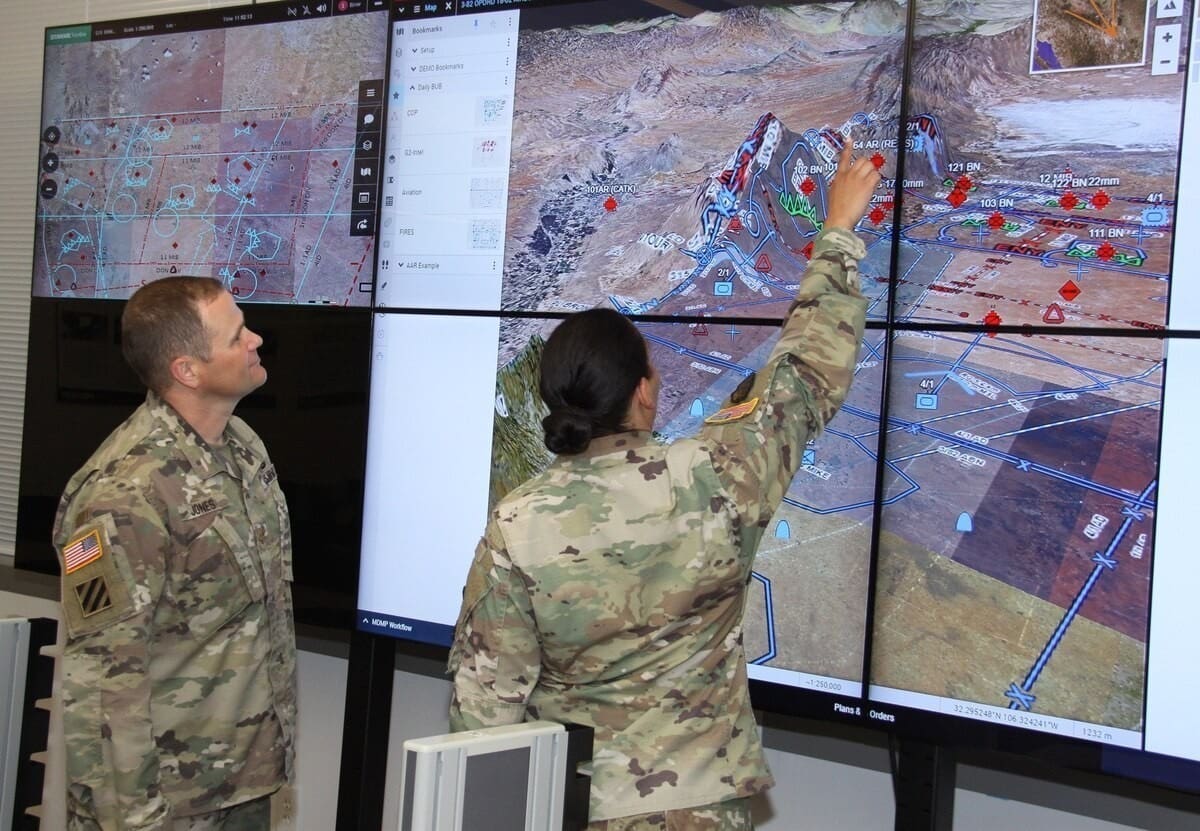
Cloud architecture
One of the critical focus areas within the DAMO-SO directorate is tied to the Army’s effort for standardized data architecture and cloud computing technologies.
“What [DAMO-SO] is trying to do is breathe energy into this digital transformation, by making sure that … we have common data standards [and] common architecture to make our data available,” he said.
The directorate has worked closely with the Army Chief Information Officer/G-6, the Enterprise Cloud Management Office, Network Cross-Functional Team, and other entities to define and improve the Army’s cloud-computing architecture.
“What we’re trying to do is work with current systems that we have in the Army’s inventory, to make sure that we digitally enable them and transform them to provide immediate use to the warfighter,” Klein said.
“We are also looking at the satellite connections that enable our enterprise to connect with our integrated tactical network through our regional hub nodes,” he added. The directorate will continue to work with the Army Space and Missile Defense Command to accomplish this task.
Creating a reliable cloud-computing capability at both the enterprise and tactical levels will help integrate the Army’s weapons systems and non-kinetic maneuver technology, Klein said.
He also mentioned work using cloud abstraction, which refers to the deployment of applications or data to facilitate the interoperability between systems. In theory, cloud technology will allow the Army to more effectively share data and integrate weapons systems across its formations.
“I think we have turned a corner, and we are beginning to see ourselves clearly in this digital transformation environment, through the work that we have done within the cloud,” Klein said.
Dialing in the Army’s electromagnetic spectrum capabilities will help the force compete and win with a complex and uncertain environment, he added.
By Devon Suits, Army News Service
